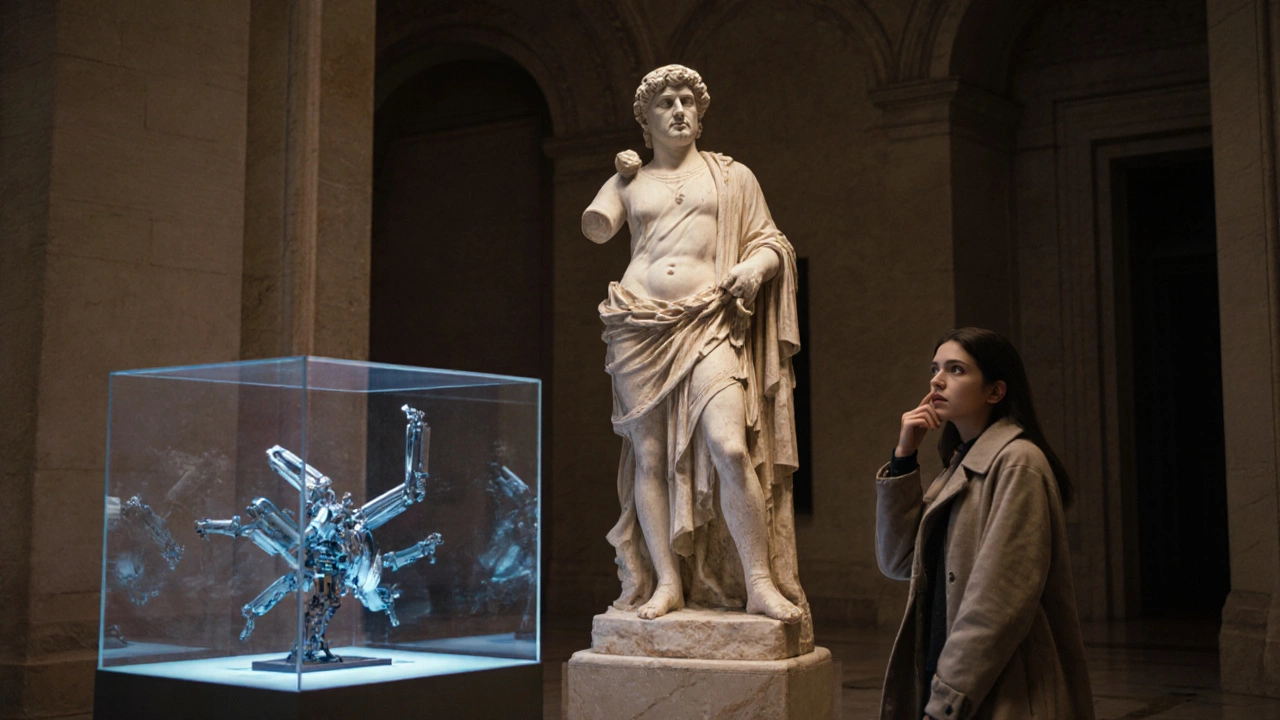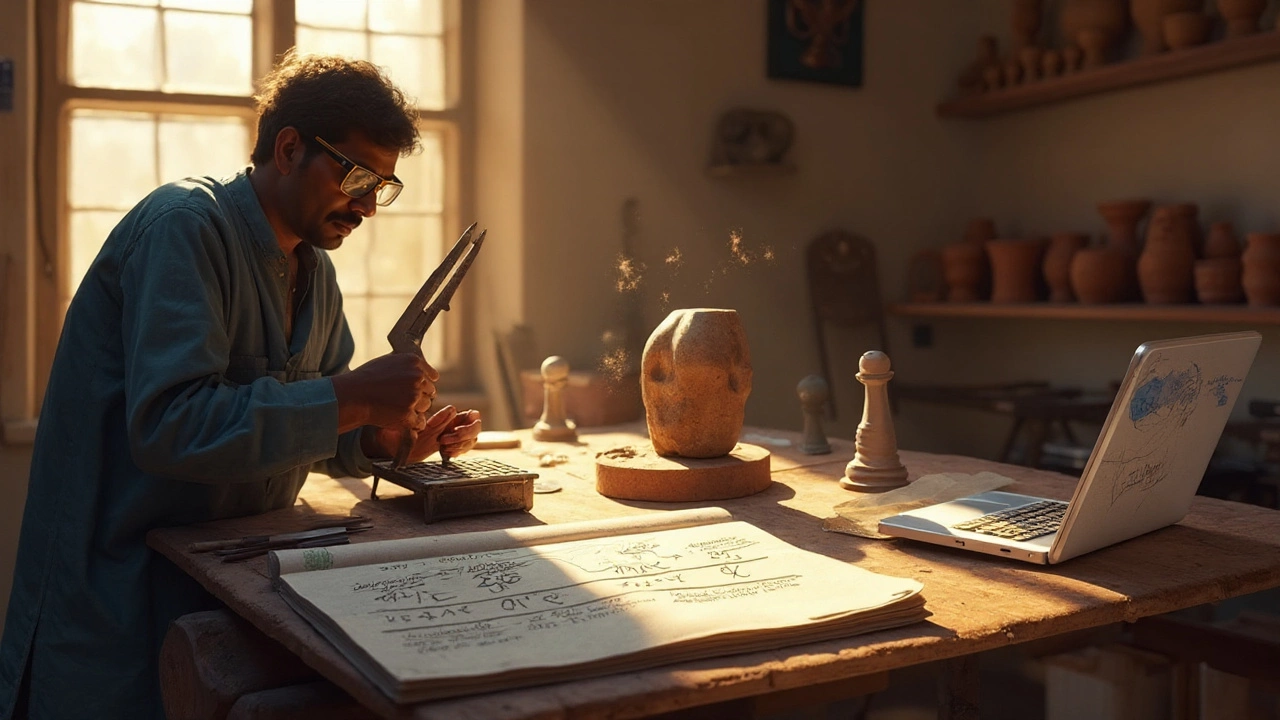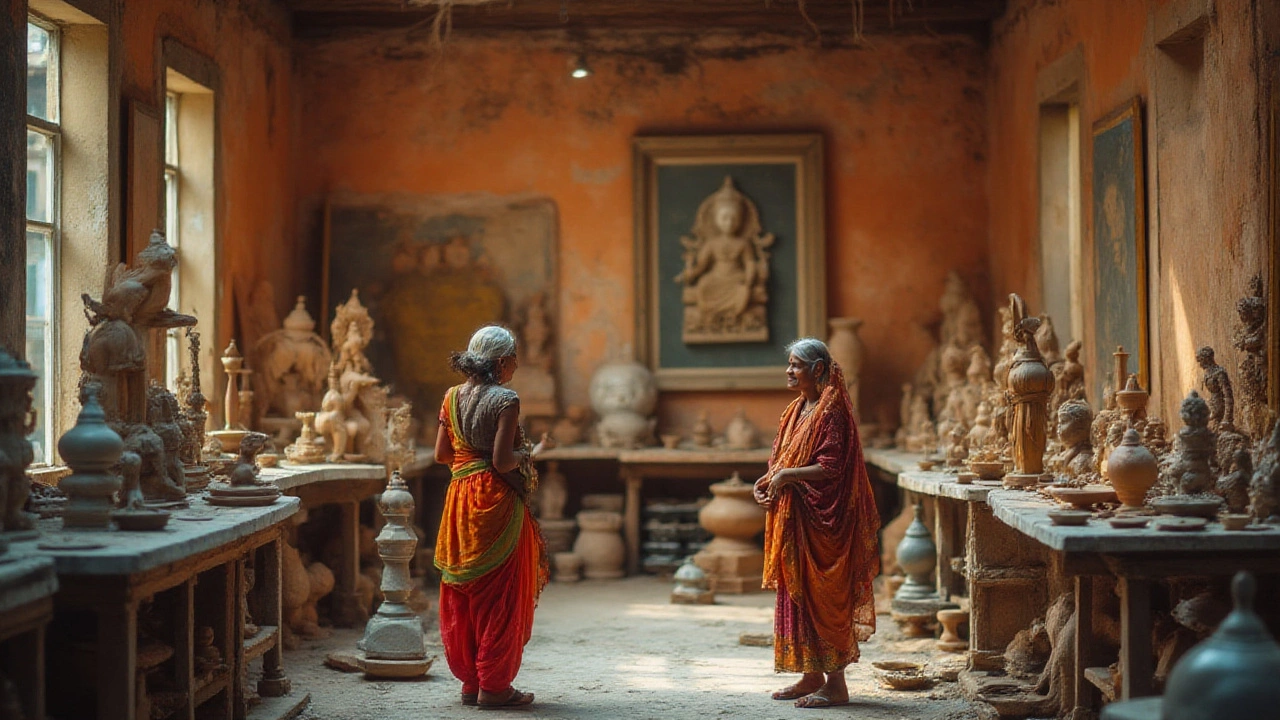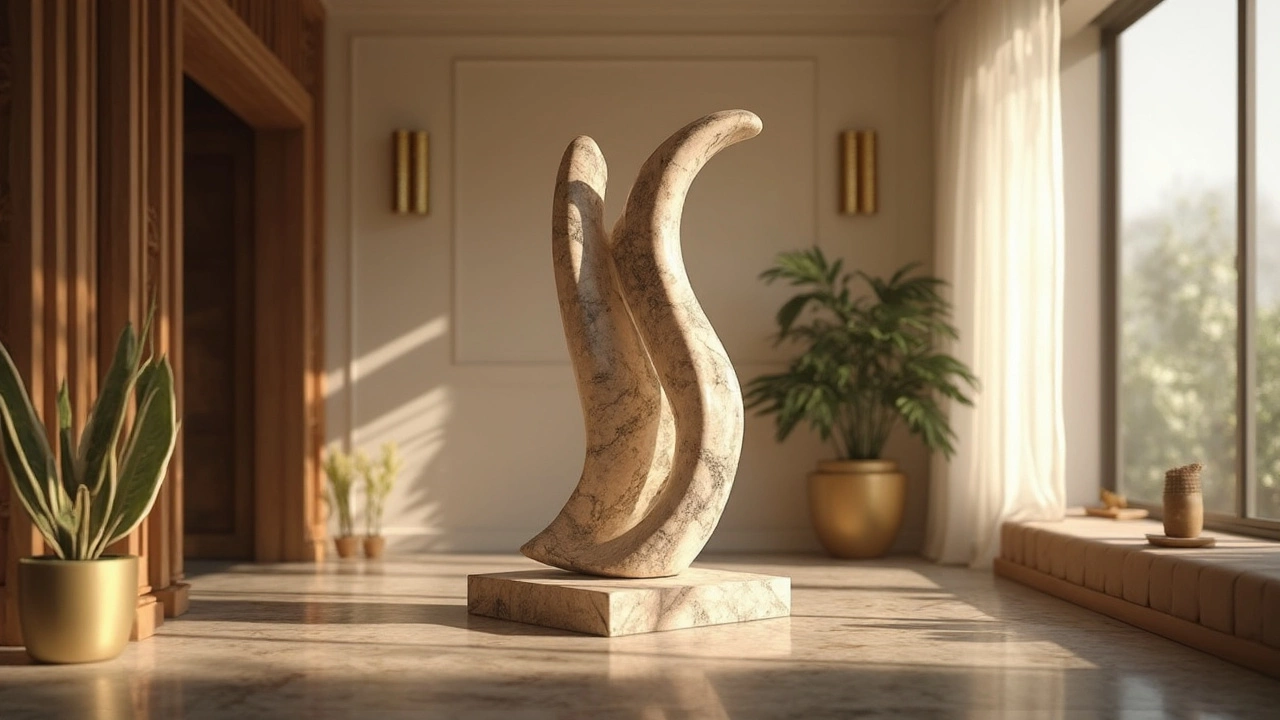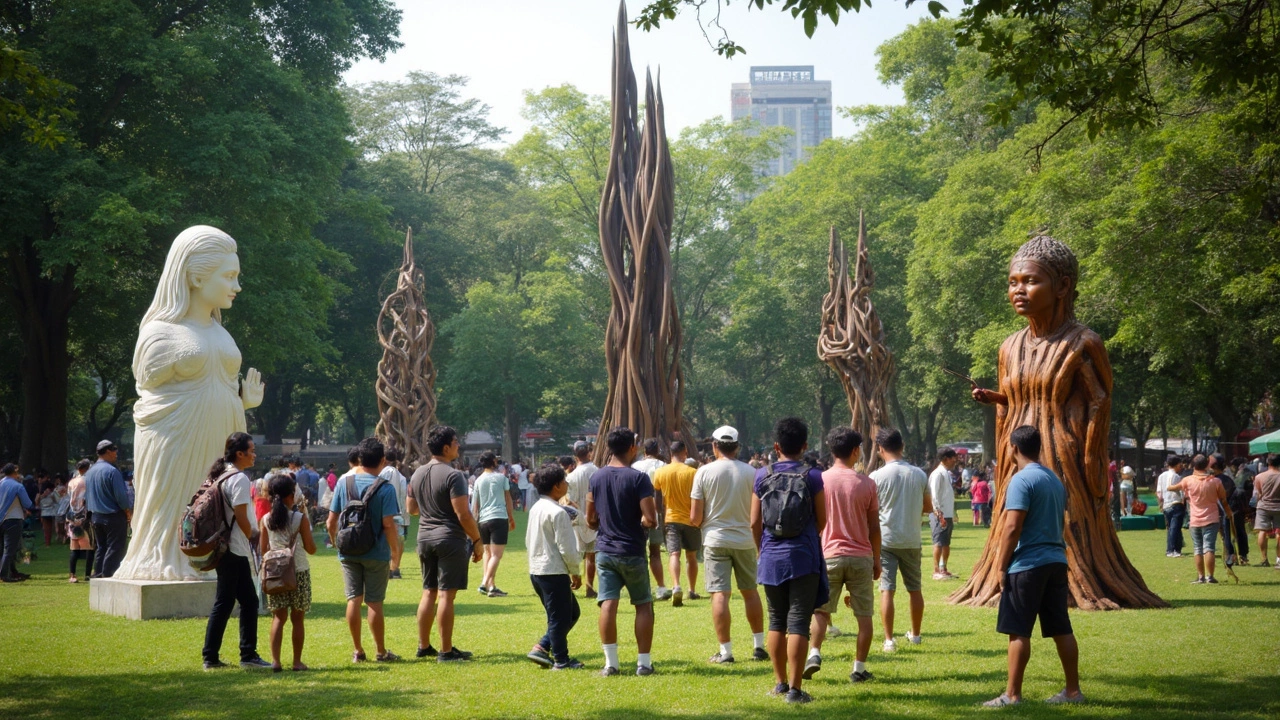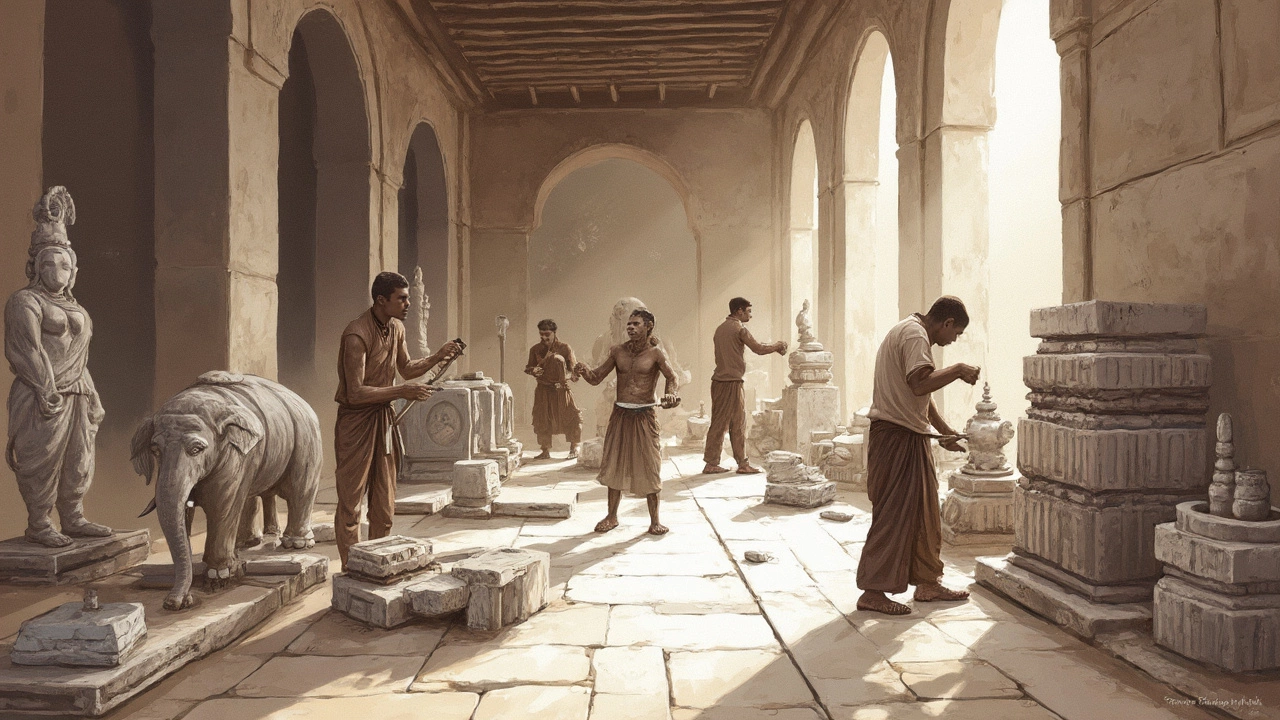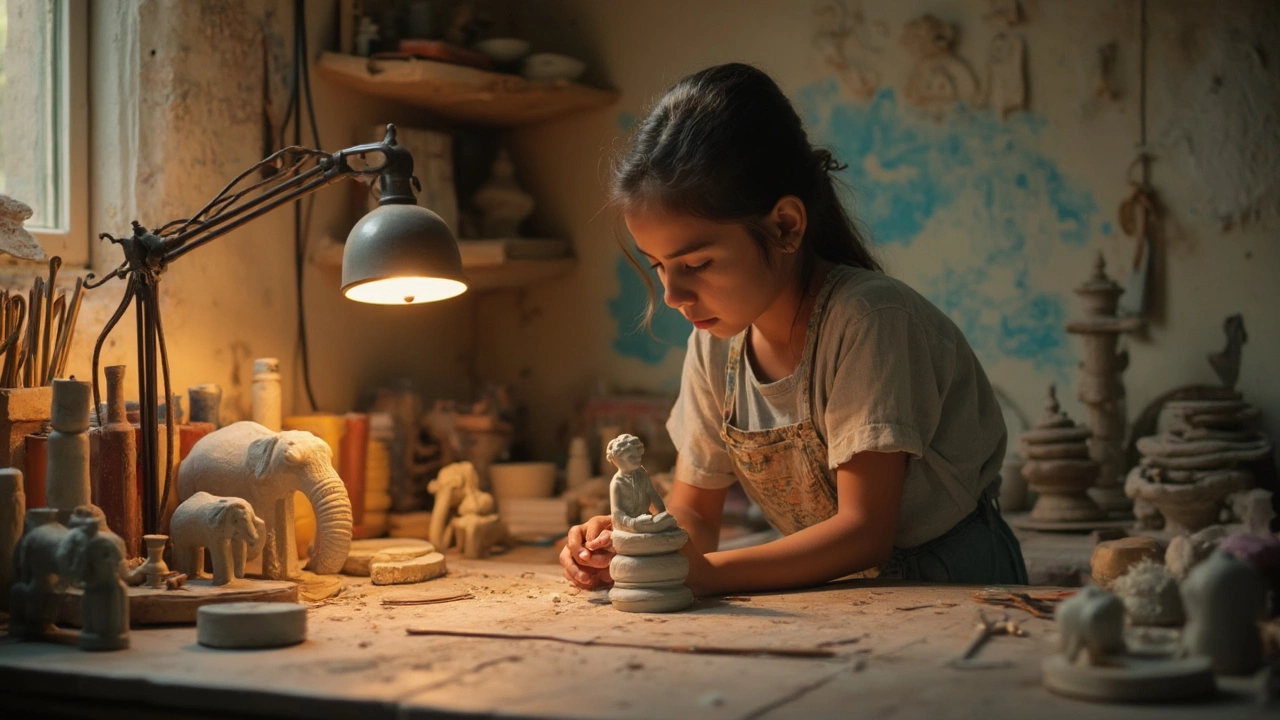Sculpture: Your Quick Guide to Styles, Pricing, and Display
Whether you’re an artist, a collector, or just curious, sculpture can feel both exciting and confusing. What counts as a sculpture? How do you price it? Where should you put it so it looks its best? This guide answers those questions without a lot of jargon. We’ll walk through the main styles, share practical pricing tips, and give you two must‑know rules for showing a piece.
Popular Sculpture Styles
Today’s sculpture isn’t just marble statues in a park. You’ll find work in wood, metal, plastic, recycled objects, even LEGO bricks. Classic styles include:
- Figurative – realistic human or animal forms, often carved or cast.
- Abstract – shapes that don’t represent anything specific, focusing on line and volume.
- Installation – large‑scale pieces that interact with a space, sometimes using light or sound.
- Mixed‑media – combines traditional materials with unexpected ones like fabric or digital components.
Knowing the style helps you talk about the work and decide where it belongs. A sleek metal abstract piece might look great in a modern office, while a wooden figurative carving fits a gallery with a natural vibe.
Practical Tips for Pricing and Display
Pricing formula: Start with material cost, add labor hours (your hourly rate × hours), then include a profit margin of 20‑30%. If a gallery takes a commission, subtract that percentage before you set the final price.
Example: You spend $200 on bronze, work 15 hours at $25/hour ($375), and want a 25% margin. Total = $200 + $375 = $575; add 25% = $718.75. If the gallery takes 30%, you’d charge the buyer $1,028.21 to keep your $718.75 after commission.
Two display rules:
- Light matters. Place the piece where natural light highlights texture but doesn’t cause glare. If you can’t use natural light, add a soft spotlight at a 30‑degree angle.
- Eye level works. For most viewers, the strongest impact is when the main focal point sits about 4–5 feet from the floor. Adjust the base or plinth accordingly.
These tricks help a sculpture stand out whether it’s on a mantel, a gallery wall, or a public plaza.
Beginners often wonder what to sculpt first. Simple ideas include a small animal figure, a distorted coffee mug, or a layered cardboard form. Start with inexpensive material, practice basic shaping, and then move to more complex media. Mistakes are part of the learning curve, so keep the first project low‑risk.
Finally, remember that sculpture is a conversation between the artist, the material, and the viewer. By understanding the main styles, using a clear pricing method, and following the two display rules, you’ll feel more confident showing your work to the world.
